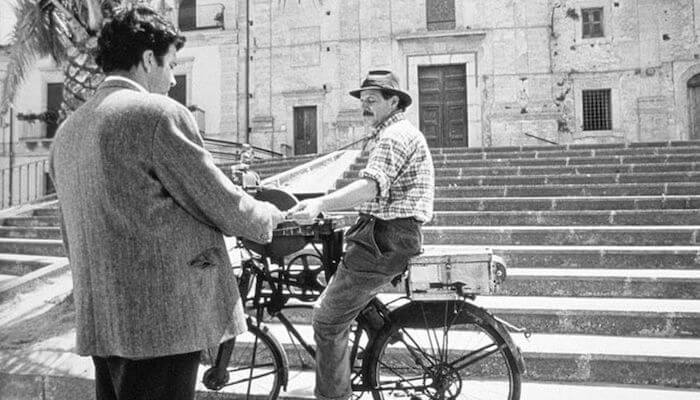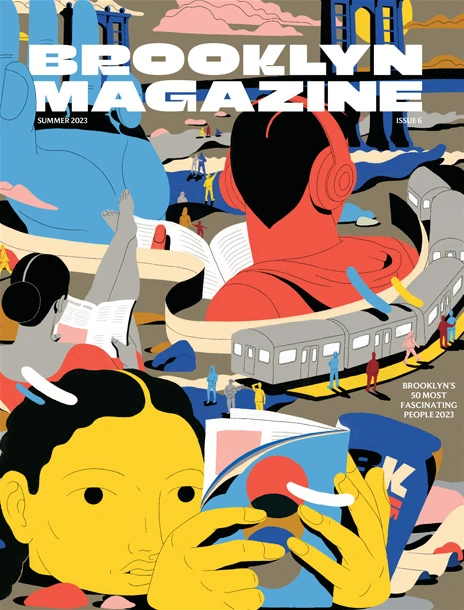The Best Old Movies on a Big Screen This Week: NYC Repertory Cinema Picks, May 25-31


Sicilia! (1998)
Directed by Jean-Marie Straub and Danièle Huillet
Through their trademark displaced aesthetic, Straub-Huillet find a portrait of failed reconciliation in Sicilia!, the exclamation point almost certainly more than a little ironic. Neither celebration nor condemnation of the island is to be had in the film, but the duo allows for rumination on the dissolution of the distinct facets of one’s ingrained culture, as well as that culture’s role as a burden on someone’s personal history. The film dips between the ethnographic and the personal, within the framework of a man returning home to Sicily after a lifetime in America, and the Straubs’ convictions about pictorial austerity often liberate more than they constrict, allowing for a deceptively simple relationship between dialogue and image that brings out the interpersonal nature of the text they depict. The man has conversations with general civilians, as well as his mother, and subjects run the gamut from when breakfast should be eaten, to how workers should live, to a tragically ingrained misogyny present in rural mindsets. Long takes of close-ups are often given after a character’s monologue/dialogue, lending the specificity of how and where these treatises on what it means to live in Sicily (always delivered in highly stylized Sicilian accents) a bona fide weight. The relationship between location and discourse is one of the most integral features of Straub-Huillet’s cinema, and they make certain to display the Sicilian landscape so as to suggest the inextricability of one’s actions and their place, both in life and physical space. Eric Barroso (May 28, 4pm; May 30, 6:30pm at MoMA’s Straub-Huillet retrospective)
You might also like 




















